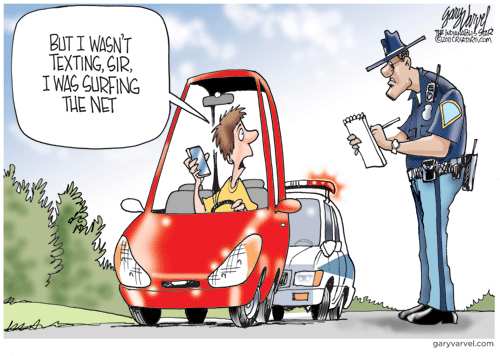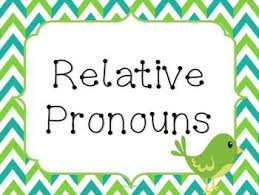Het arrangement At home - grammar and exercises is gemaakt met Wikiwijs van Kennisnet. Wikiwijs is hét onderwijsplatform waar je leermiddelen zoekt, maakt en deelt.
- Auteur
- Laatst gewijzigd
- 2016-05-30 15:28:02
- Licentie
-
Dit lesmateriaal is gepubliceerd onder de Creative Commons Naamsvermelding 3.0 Nederlands licentie. Dit houdt in dat je onder de voorwaarde van naamsvermelding vrij bent om:
- het werk te delen - te kopiëren, te verspreiden en door te geven via elk medium of bestandsformaat
- het werk te bewerken - te remixen, te veranderen en afgeleide werken te maken
- voor alle doeleinden, inclusief commerciële doeleinden.
Meer informatie over de CC Naamsvermelding 3.0 Nederland licentie.
Aanvullende informatie over dit lesmateriaal
Van dit lesmateriaal is de volgende aanvullende informatie beschikbaar:
- Toelichting
- grammar stercollectie Engels - HV 2
- Leerniveau
- VWO 2; HAVO 2;
- Leerinhoud en doelen
- Engels; Schrijven;
- Eindgebruiker
- leerling/student
- Moeilijkheidsgraad
- gemiddeld
Bronnen
| Bron | Type |
|---|---|
|
present continous - extra exercise I http://www.englisch-hilfen.de/en/exercises/tenses/present_progressive_auxiliaries.htm |
Link |
|
present continous - extra exercise II http://www.englisch-hilfen.de/en/exercises/tenses/present_progressive_negation_long.htm |
Link |
|
present continuous - extra exercise III http://www.englisch-hilfen.de/en/exercises/questions/present_progressive.htm |
Link |
|
past continous - extra exercise I http://www.englisch-hilfen.de/en/exercises/tenses/past_progressive_mix.htm |
Link |
|
past continous - extra exercises II http://www.englisch-hilfen.de/en/exercises/tenses/past_progressive_negation_sentences2.htm |
Link |
|
relative pronoun - extra exercise I http://grammar.ccc.commnet.edu/GRAMMAR/quizzes/which_quiz.htm |
Link |

 t de present continuous door een vorm van
t de present continuous door een vorm van 
 was.
was. Relative pronouns (betrekkelijke voornaamwoorden).
Relative pronouns (betrekkelijke voornaamwoorden).
